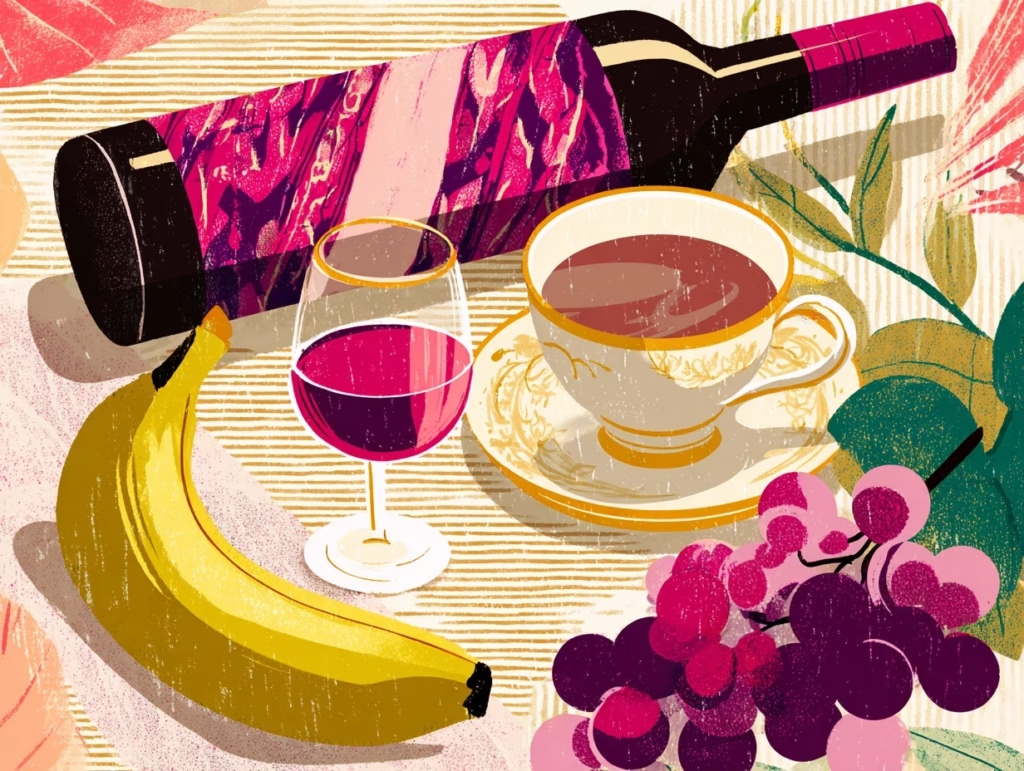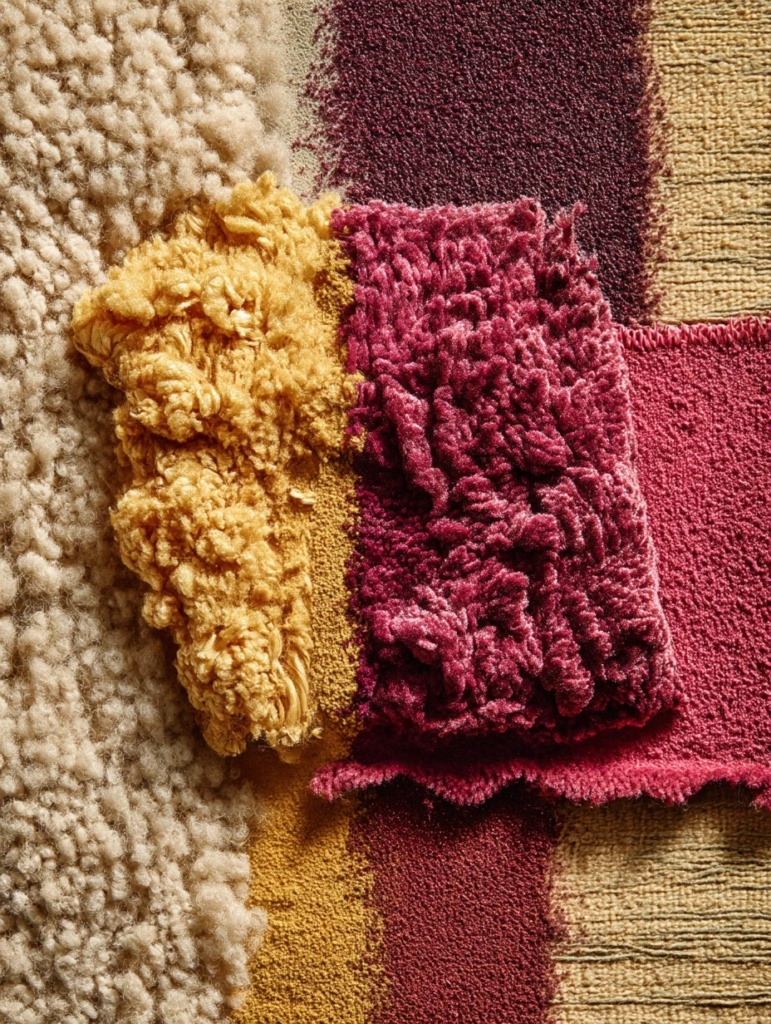What Are Wine Tannins? Your Complete Guide to Understanding Red Wine’s Secret Ingredient
Why do some red wines make your mouth feel like the Sahara desert? The answer is tannins—and here's everything you need to know.

Ever wondered what makes some red wines feel grippy and drying while others go down smooth as silk? The culprit (or hero, depending on your taste) is tannins in wine. If you’ve ever sipped a bold Cabernet Sauvignon and felt like you just licked a chalkboard, you’ve met tannins up close and personal.
What Are Tannins in Wine? (The Science Made Simple)
Wine tannins are naturally occurring compounds found in:
- Grape skins, seeds, and stems
- Oak barrels used for wine aging
- Other fruits like tea leaves and unripe bananas
Technically, they’re polyphenols—but you don’t need to remember that for your next wine night. What you should know is that tannins create that signature dry, puckering sensation in your mouth. Think of it as wine’s way of giving you a gentle mouth massage (whether you asked for it or not).
What do tannins do to wine?

Tannins bring structure and ageability to wine. They’re like the scaffolding that holds everything together—especially in bolder reds. High-tannin wines can feel firm, grippy, or even a bit bitter when young, but they often soften and mellow beautifully with age, developing more complexity and elegance over time.
In low-tannin wines, the mouthfeel is smoother and more fruit-driven. So if you like wines that feel juicy and plush rather than drying and serious, you may be more of a low-tannin lover. (No shame—and same—lightweights are welcome here.)
High Tannin vs Low Tannin Wines: What’s the Difference?
High tannin red wines include:
- Cabernet Sauvignon
- Nebbiolo (hello, Barolo!)
- Tannat
- Young Bordeaux blends
These wines feel structured and grippy—like they’re giving your taste buds a firm handshake.
Low tannin red wines include:
- Pinot Noir
- Gamay (Beaujolais)
- Dolcetto
- Most rosé wines
These feel smooth and juicy—more like a soft hug than a business shake.
Why Red Wine Has More Tannins Than White Wine
Here’s the tea: red wine tannins come primarily from grape skins. During red wine production, the juice sits with the skins (called maceration), extracting color, flavor, and—you guessed it—tannins. White wines skip this step, getting pressed off the skins quickly, which is why most whites feel smooth and light.
💡 Pro tip: Orange wines (white grapes fermented like reds) break this rule and can be surprisingly tannic!
How to Taste Tannins in Wine Like a Pro
Here’s a little DIY tannin test next time you’re sipping a red:

- Take a small sip.
- Swish it around your mouth (yes, like mouthwash).
- Pause and notice what happens after you swallow.
What you’re feeling for:
- Dryness or astringency
- Grip or texture
- That “sandpaper” sensation
Describing tannin quality (because “dry” gets boring):
- Grippy tannins: Bold like strong black tea (young Barolo vibes)
- Silky tannins: Smooth like cashmere (think aged Burgundy)
- Powdery tannins: Fine like cocoa powder (hello, Chianti)
Are tannins good or bad?
Plot twist: wine tannins are antioxidants! They’re part of why red wine gets credit for potential health benefits, and why certain reds can age so gracefully (like you and your polypeptide moisturizer). But from a taste perspective, tannins are neither good nor bad—it’s all about balance and personal preference.
Well-balanced tannic wines have enough fruit, acidity, and body to support the tannin structure. Harsh, unbalanced wines feel like drinking liquid cotton balls (not cute).
Wine and Food Pairing with Tannins
Understanding wine tannins and food pairing is a game-changer. Plus, thinking about whether you prefer your red wines tannic or juicy can help you order wine like a pro.
High tannin wines pair best with:
High tannic wines wines tend to pair well with bold meat dishes, where the tannins help match the power of the meal. They can also cut through fat in certain dishes. Think:
- Red meat (steak, lamb, burger night)
- Aged cheeses (cheddar, aged gouda)
- Rich, fatty dishes (because fat softens tannins)
Low tannin wines pair best with:
But sometimes you’re looking for something gentler to pair with your meal, when you’re having any of the following you should consider reaching for a lower tannin wine that won’t overpower:
- Spicy cuisines (won’t compete with the heat)
- Lighter proteins (chicken, salmon, turkey)
- Vegetarian dishes
Best Wines to Learn About Tannins
Want to do some homework? Try this wine tasting lineup to compare tannic structure:
| Wine | Tannin Level | What to Expect |
| Barolo | High | Intense, structured, needs food |
| Cabernet Sauvignon | High | Bold, grippy, classic |
| Chianti Classico | Medium to High | Food-friendly, balanced |
| Loire Cabernet Franc | Medium | Elegant, herbal notes |
| Beaujolais | Low | Light, juicy, chillable |
The Bottom Line on Wine Tannins
Tannins in wine aren’t just some fancy wine term to throw around—they’re a key part of how red wine tastes and feels. Whether you’re team high-tannin (structured and serious) or team low-tannin (smooth and approachable), understanding tannins helps you choose better bottles and sound like you know what you’re talking about at wine night.
Next time someone asks “what are tannins in wine,” you can drop some knowledge while pouring another glass. You’re welcome.



